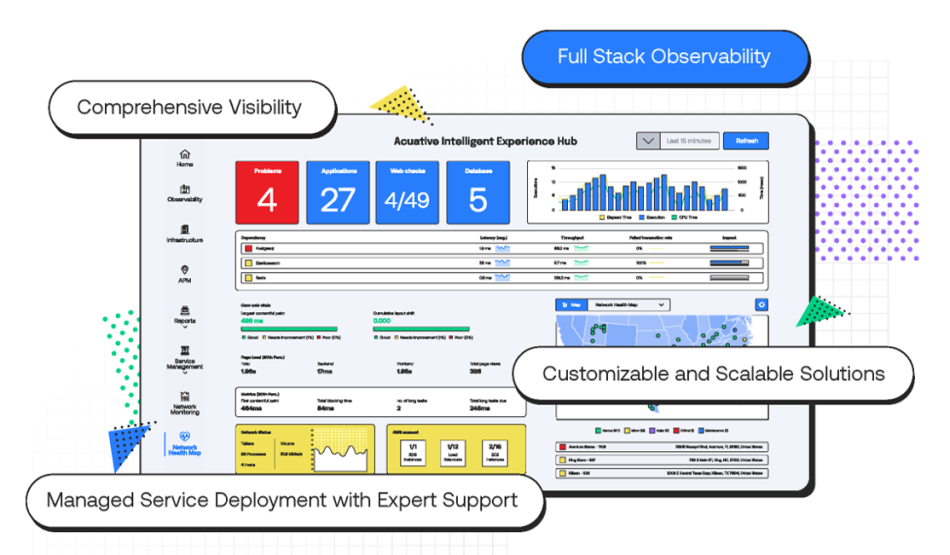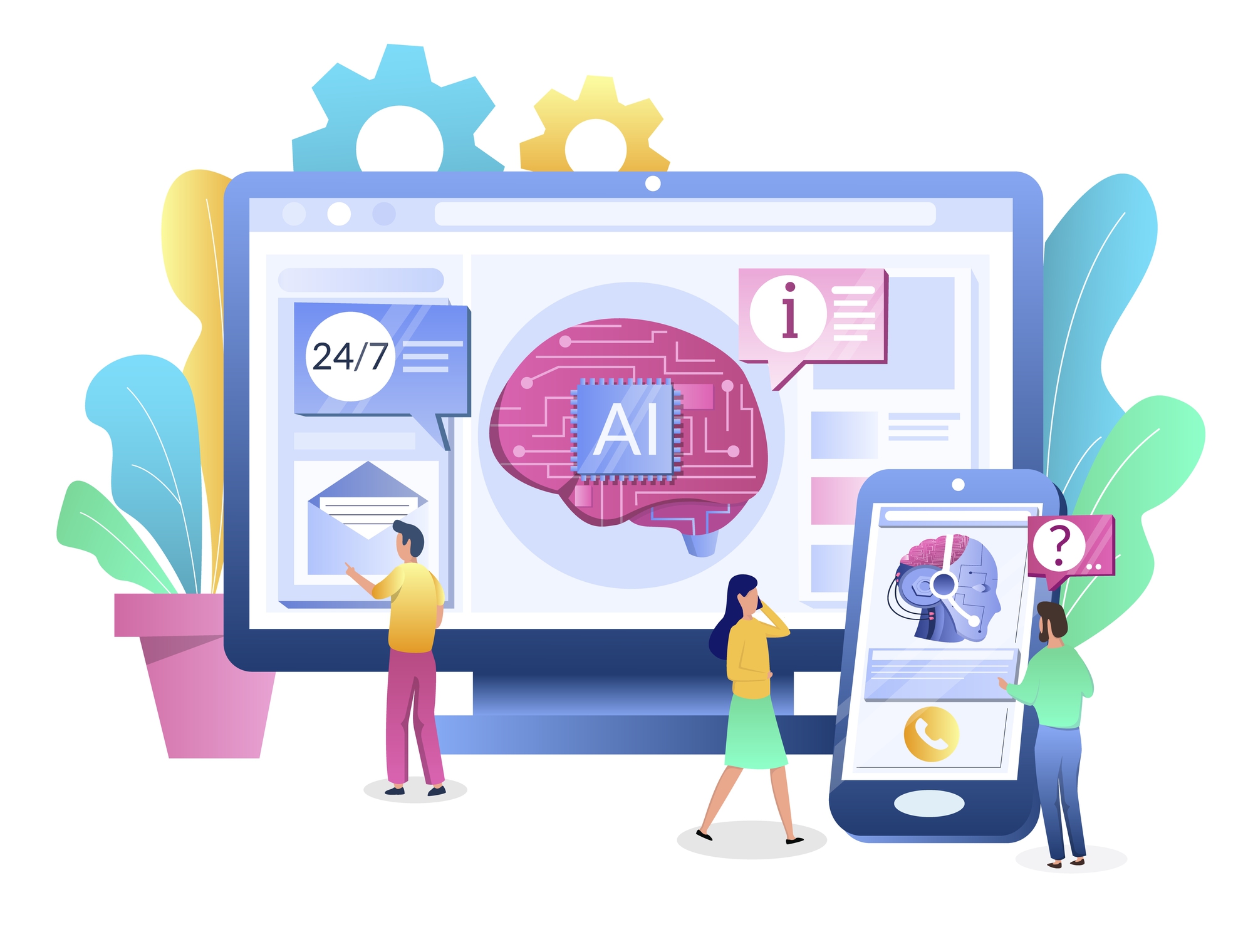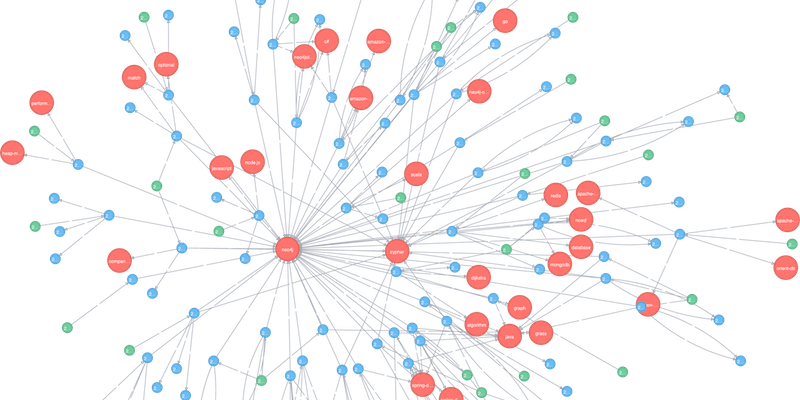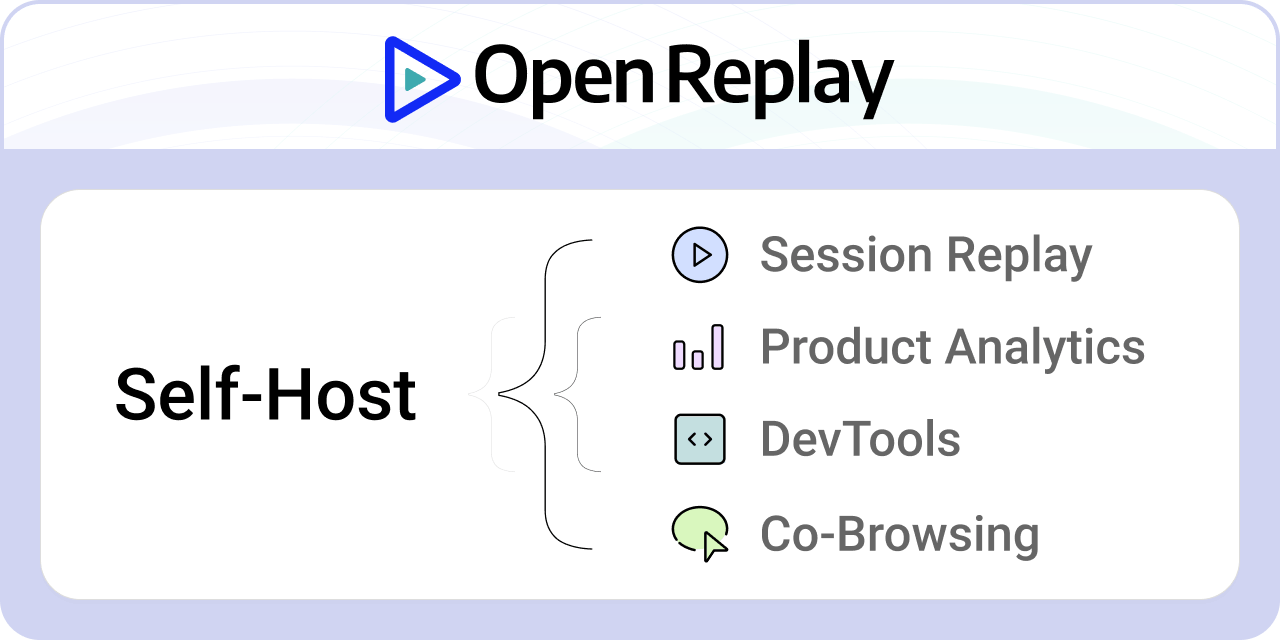Full-Stack Observability (FSO)
End-to-end visibility across your infrastructure, applications, and user experience.
Full-Stack Observability brings together logs, metrics, traces, and digital experience data to provide a comprehensive view of your systems. By correlating this information, organizations can detect issues faster, pinpoint the root cause of performance bottlenecks, and reduce mean time to resolution (MTTR). Beyond infrastructure monitoring, FSO ensures that applications are delivering seamless performance for end users while leveraging predictive analytics to identify potential capacity issues or outages before they occur. Integrated workflows allow observability insights to flow directly into ITSM and DevOps pipelines, enabling continuous improvement and faster response times.

AI Search
Natural-language, AI-powered querying for faster insight and streamlined operations.
AI Search empowers teams to find the information they need instantly using natural language rather than rigid keywords. By applying semantic understanding, AI search surfaces contextually relevant results across dashboards, logs, reports, and documents — breaking down data silos in the process. The result is a significant productivity boost: less time wasted on manual searches and more time spent on analysis and decision-making. Beyond simple retrieval, AI search can summarize, compare, and contextualize information, acting as a decision-support tool that enables leaders and operators alike to move faster with greater confidence.

Graph Database Analytics
Powerful relationship mapping to unlock insights hidden in connected data.
Graph database technology is built to understand and analyze the relationships between data points, making it far more effective than traditional relational databases for certain use cases. By modeling data as nodes and connections, graph databases provide faster query performance when analyzing complex networks, dependencies, or transactions. This makes them particularly valuable for scenarios like fraud detection, service-dependency mapping, and root-cause analysis, where understanding relationships is critical. Scalable and flexible by design, graph databases are ideal for enterprises managing large, dynamic datasets that need to uncover hidden patterns and insights.

OPENREPLAY
Gain actionable insights into how users interact with your applications.
OpenReplay provides a window into real user interactions, allowing teams to see how visitors navigate and engage with their applications. By capturing session replays, developers and support staff can identify usability issues, troubleshoot errors faster, and optimize performance based on real behavior rather than assumptions.
As part of Acuative’s observability and analytics offerings, OpenReplay integrates seamlessly into a broader strategy for full-stack visibility, helping teams align user experience insights with technical performance data.

Why Acuative?
Your partner for advanced analytics and observability deployment.
Proven Expertise
Decades of experience delivering managed services and advanced technology across industries.
Modern Data Architectures
AI search and graph databases integrated into your ecosystem for maximum impact.
Customizable Solutions
Tailored dashboards, alerts, and reporting aligned with your business needs.
Rapid Time to Value
Deploy, optimize, and see ROI faster with Acuative’s managed services approach.
Frequently Asked Questions (FAQ)
What is full-stack observability and why is it important?
Full-stack observability (FSO) provides end-to-end visibility across your applications, networks, and infrastructure. It’s important because it helps organizations proactively detect issues, reduce downtime, and improve the end-user experience.
How does AI search differ from traditional enterprise search?
Unlike keyword-based search tools, AI search uses natural language processing (NLP) and semantic understanding to deliver contextually relevant results. This means employees can ask questions in plain English and quickly retrieve the right insights across multiple data sources.
What are the benefits of graph databases for business use cases?
Graph databases excel at analyzing complex relationships within data. They are especially valuable for use cases like fraud detection, IT dependency mapping, and customer journey analysis where connections matter more than isolated data points.
Can these analytics and observability tools integrate with my existing systems?
Yes. Acuative specializes in integrating FSO platforms, AI search engines, and graph database technologies into existing IT ecosystems, ensuring smooth deployment without disrupting critical operations.
How do advanced observability tools improve business outcomes?
By reducing mean time to resolution (MTTR), predicting outages before they occur, and providing actionable insights, these tools enhance uptime, optimize resources, and enable smarter decision-making at every level of the business.

